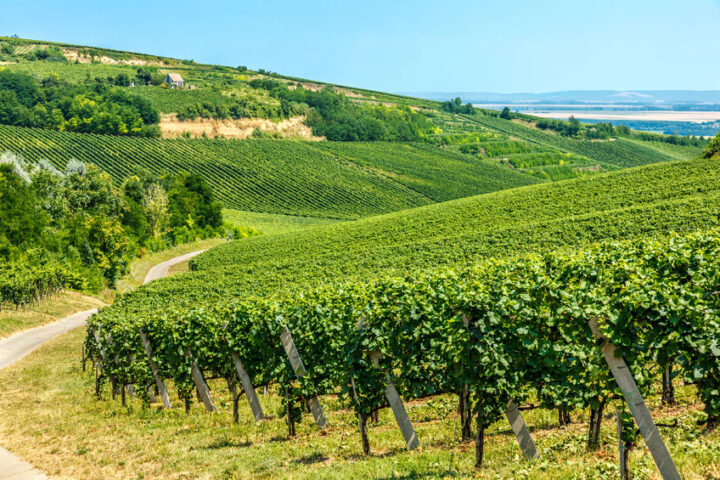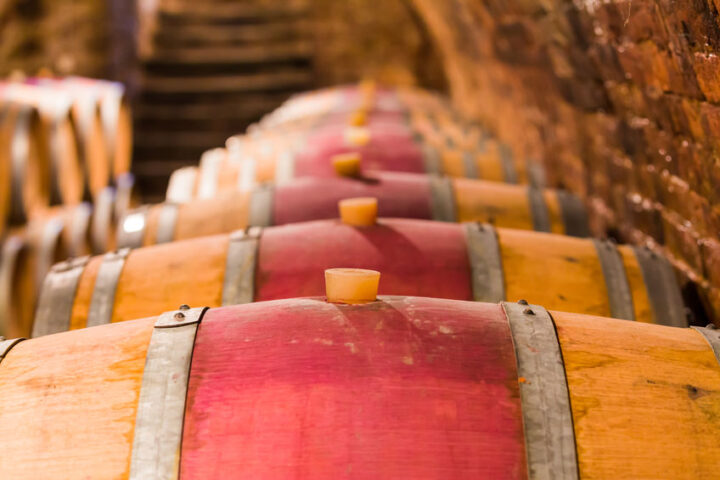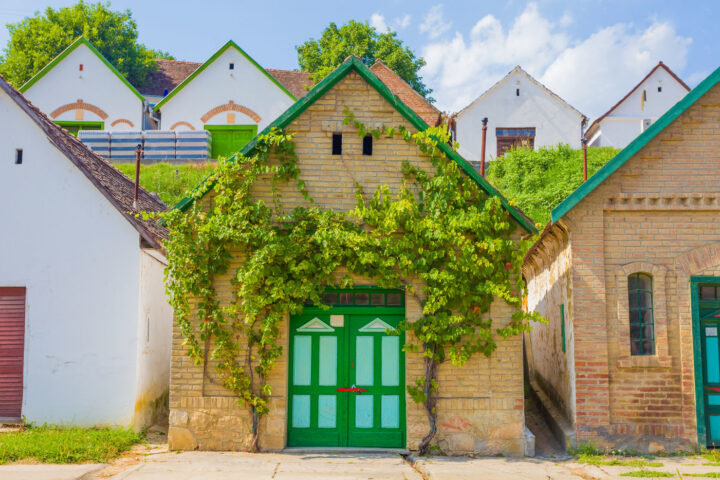The Hungarian "Székelykáposzta" is a great dish combining sauerkraut and pork stew, a nice meal to warm your body and soul on a cool day. Drain 2.2 pound sauerkraut in a colander, rinse it gently under cold water and let it sit in the colander for a few minutes. Put half of the cabbage in a large saucepan, put in 1.3 pound diced pork rib and cover with the other half of the cabbage. Add 4 bay leafs and water to cover it and cook gently for 2 hours on low. Heat 5.25 oz lard in a large saucepan on medium heat. Toss in 2 large chopped onions, cook them with a pinch of salt until they soften up. Remove saucepan from heat, stir in 3 teaspoon paprika powder with the onions until they’re fully coated. Put the saucepan back on the heat, turn it up to medium-high, and add 1.3 pound diced pork shoulder or leg. Cook until all the meat has browned. Once the meat is browned, add 1 tablespoon paprika paste or cream, 1 large chopped tomato and 1 diced bell pepper. Pour in water until it covers the meat, bring it up to a simmer, then reduce heat to low and cook slightly uncovered stirring occasionally for about 90 minutes. Pour the pork stew in the cabbage stew, cook on medium low for 15 minutes, stirring occasionally. Heat 1 tablespoon lard in a small saucepan on medium high. Add 2 tablespoon flour, stir until it's browned, add 1 teaspoon paprika powder. Add 1 cup cold water, mix it and add the flour mixture to the cabbage. Add half of the sour cream, bring it up to a simmer. You can serve the cabbage dish with the other half of the sour cream.
The Hungarian “Székelykáposzta” is a great dish combining sauerkraut and pork stew, a nice meal to warm your body and soul on a cool day.
Drain 2.2 pound sauerkraut in a colander, rinse it gently under cold water and let it sit in the colander for a few minutes. Put half of the cabbage in a large saucepan, put in 1.3 pound diced pork rib and cover with the other half of the cabbage. Add 4 bay leafs and water to cover it and cook gently for 2 hours on low.
Heat 5.25 oz lard in a large saucepan on medium heat. Toss in 2 large chopped onions, cook them with a pinch of salt until they soften up. Remove saucepan from heat, stir in 3 teaspoon paprika powder with the onions until they’re fully coated. Put the saucepan back on the heat, turn it up to medium-high, and add 1.3 pound diced pork shoulder or leg. Cook until all the meat has browned. Once the meat is browned, add 1 tablespoon paprika paste or cream, 1 large chopped tomato and 1 diced bell pepper. Pour in water until it covers the meat, bring it up to a simmer, then reduce heat to low and cook slightly uncovered stirring occasionally for about 90 minutes.
Pour the pork stew in the cabbage stew, cook on medium low for 15 minutes, stirring occasionally.
Heat 1 tablespoon lard in a small saucepan on medium high. Add 2 tablespoon flour, stir until it’s browned, add 1 teaspoon paprika powder. Add 1 cup cold water, mix it and add the flour mixture to the cabbage. Add half of the sour cream, bring it up to a simmer.
You can serve the cabbage dish with the other half of the sour cream.






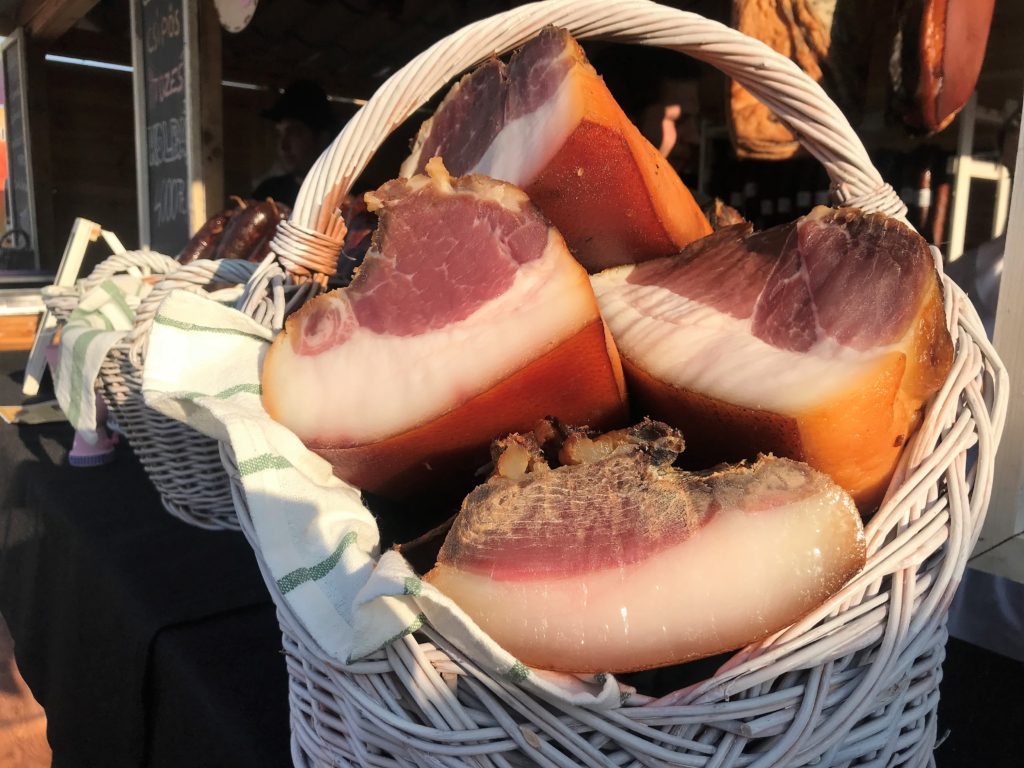

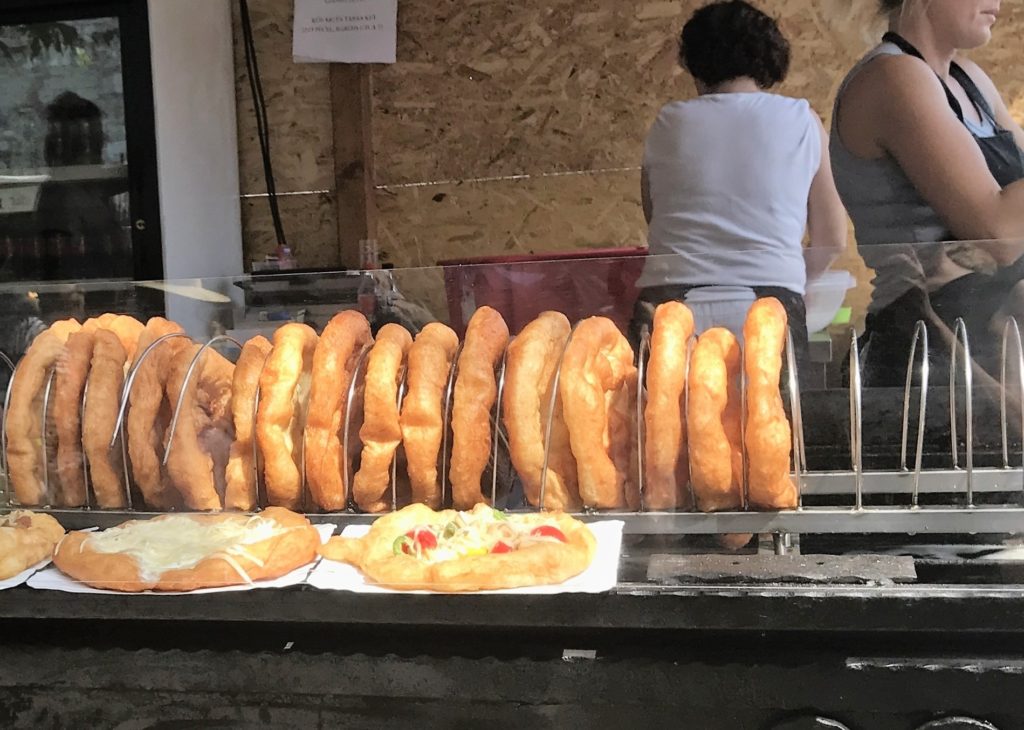

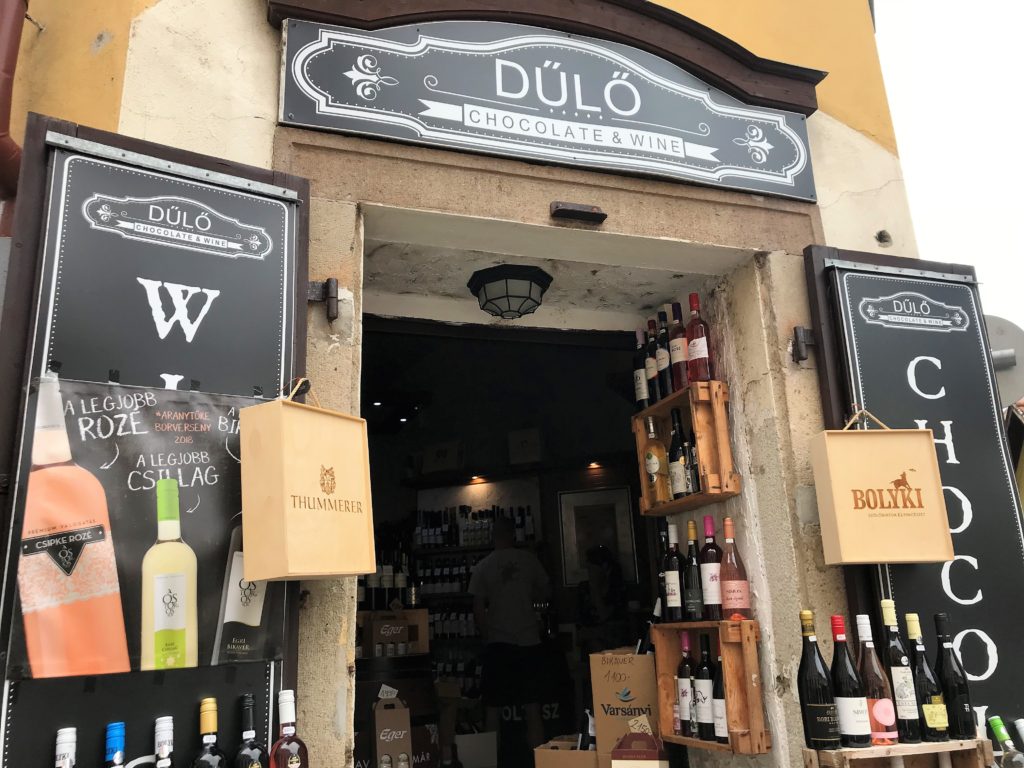
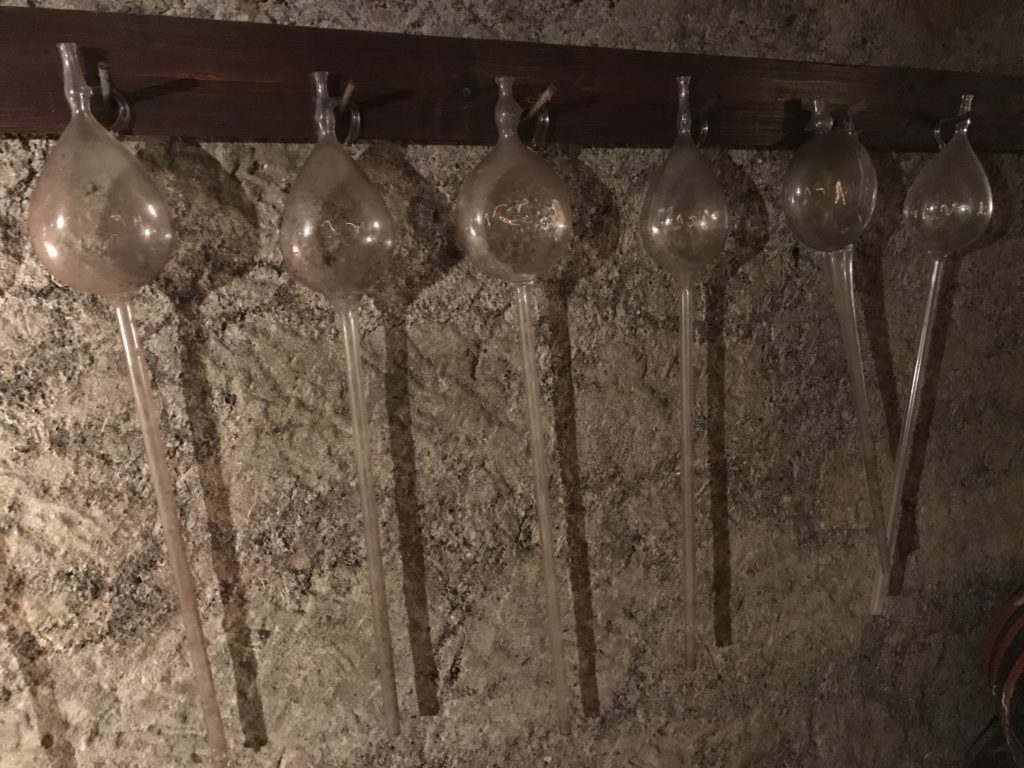
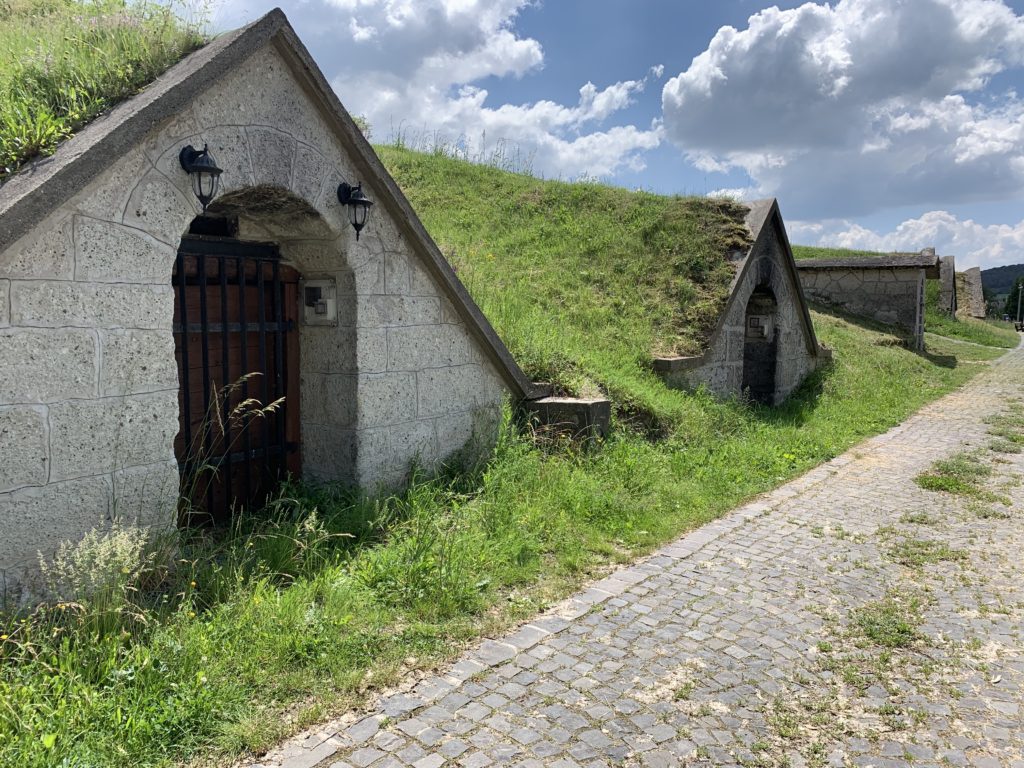
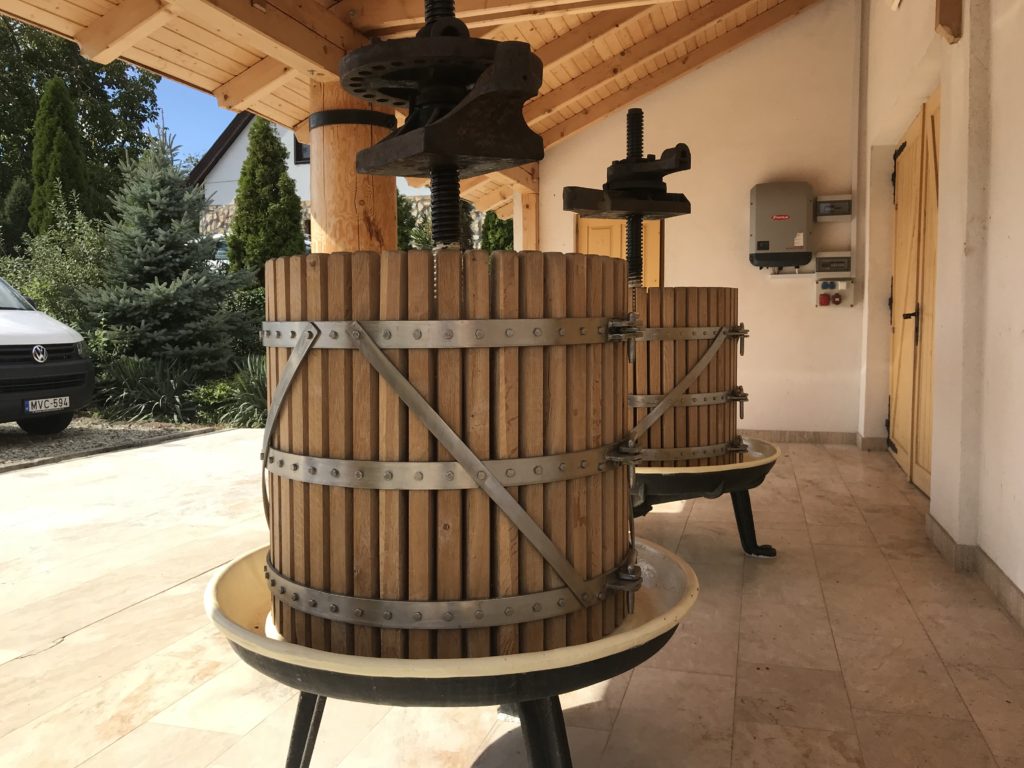

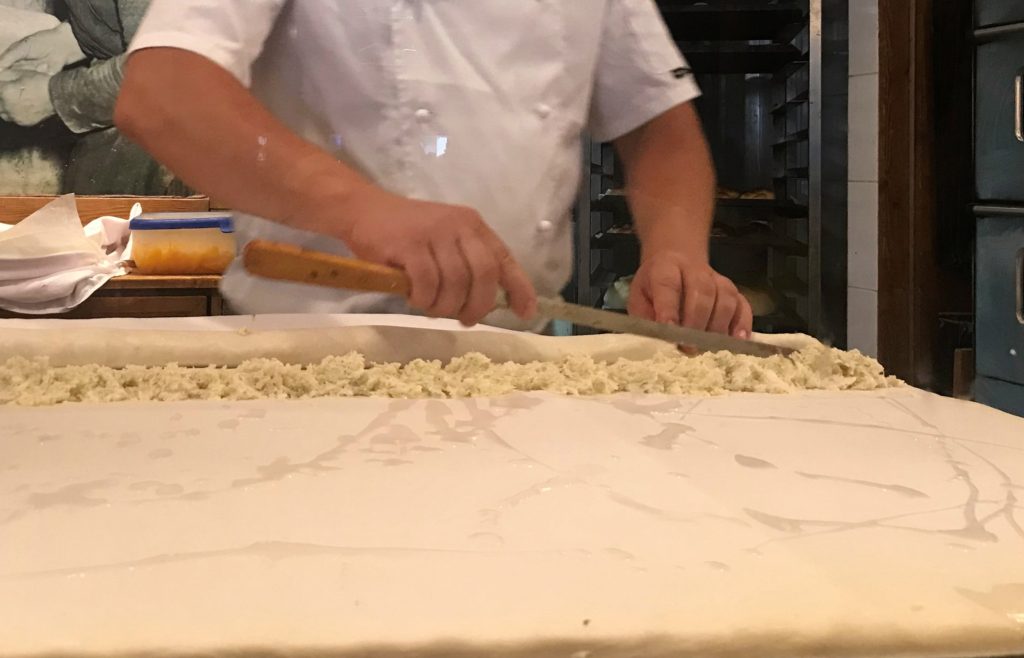
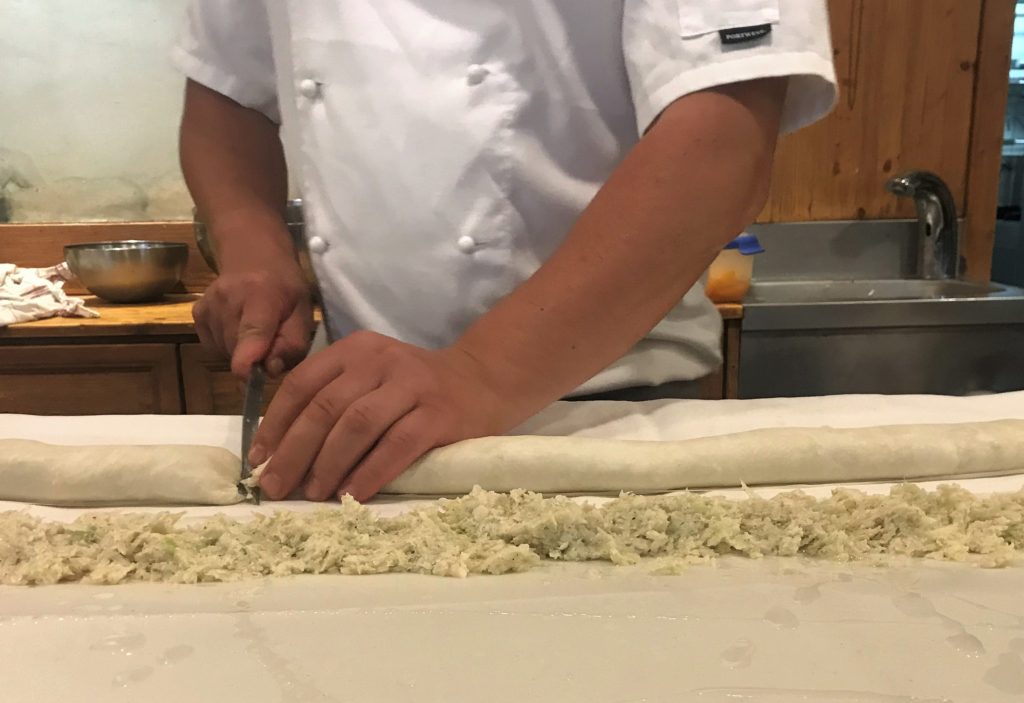
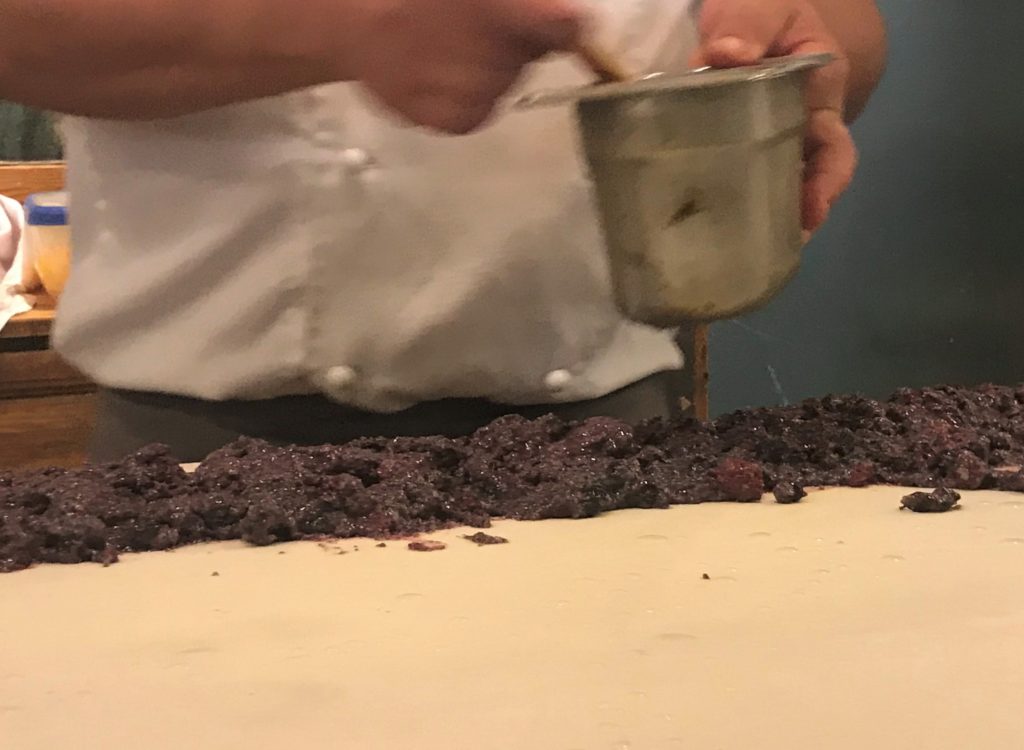

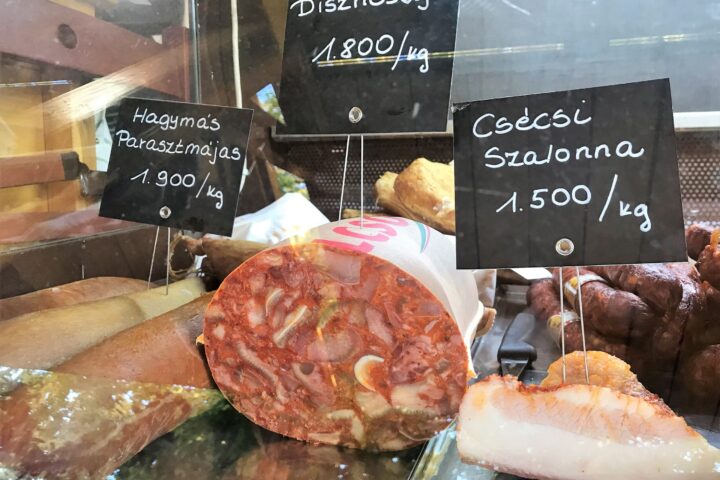
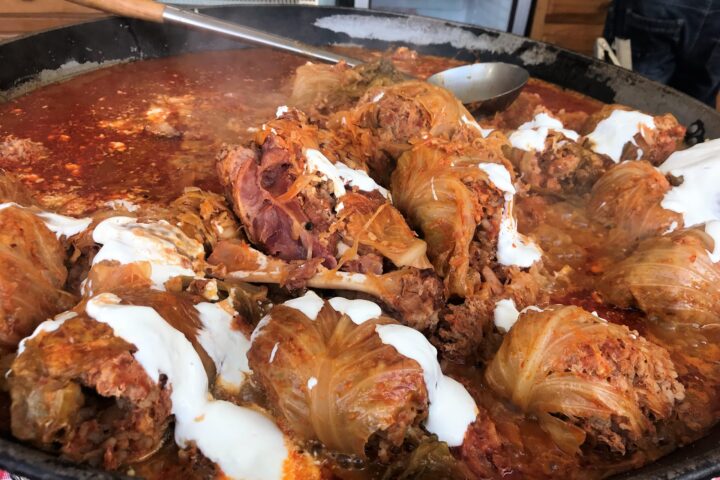
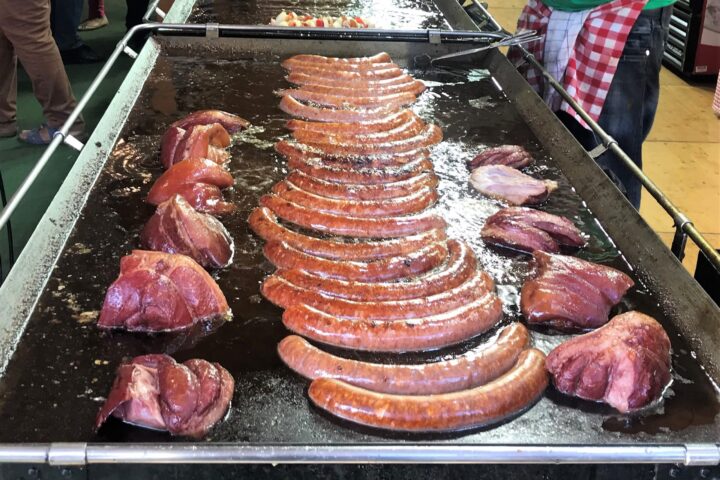
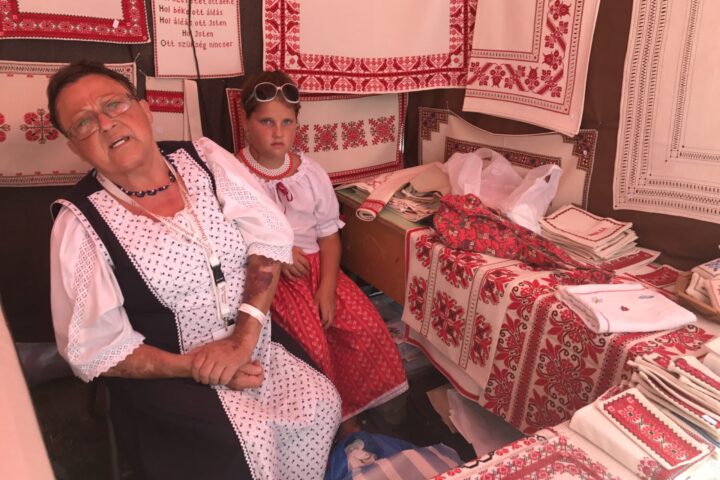



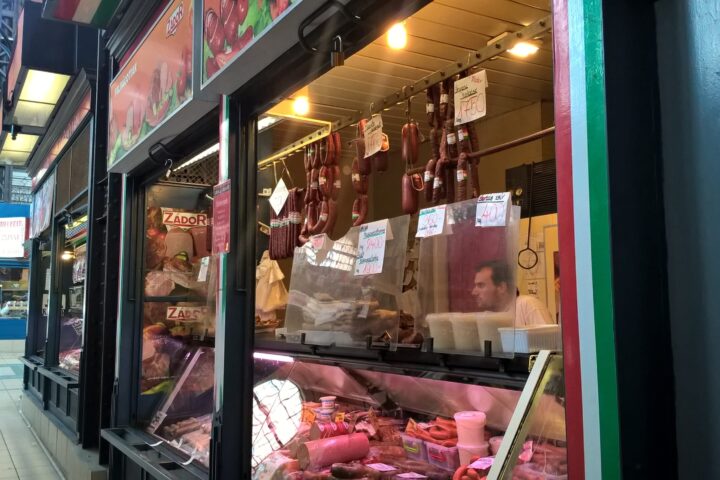
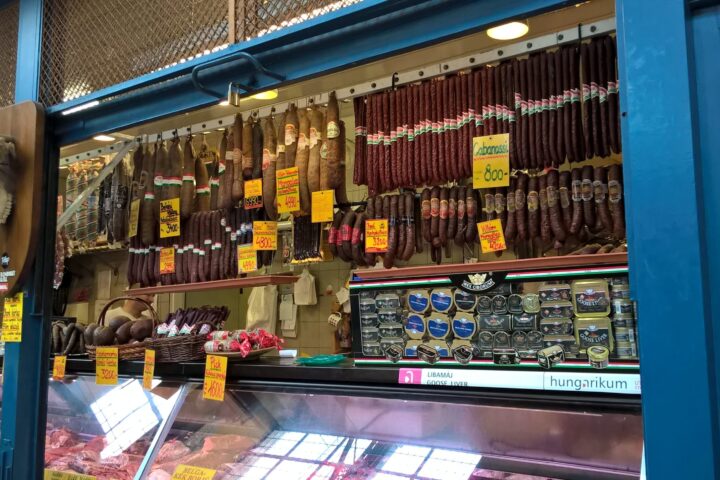
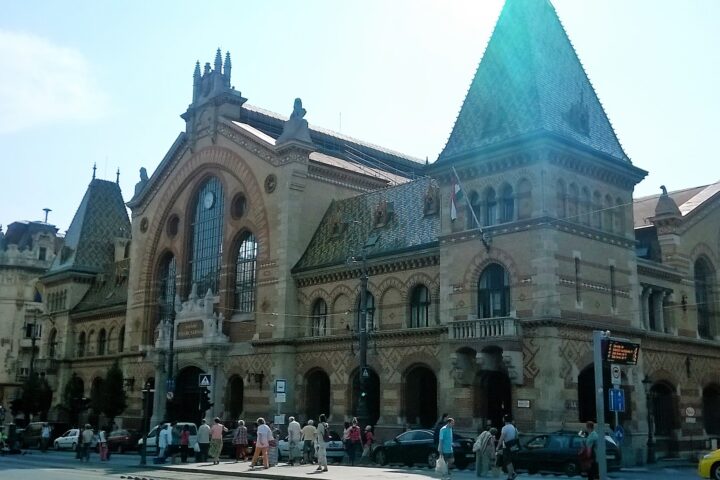
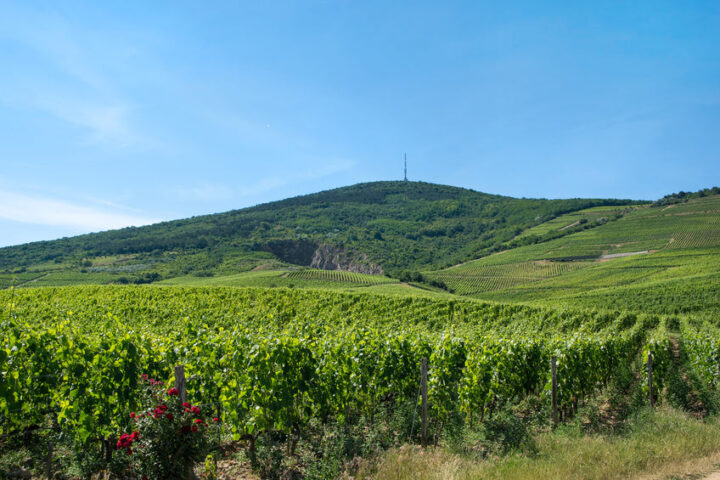


 I’ve received this article from three guests of mine at different occasions – and thank you so much guys for your preparations before your actual trip to Budapest. I need to tell that most of the places recommended by The New York Times are both fun and nice, still, I have the impression I can show you so much more when you come to visit my beautiful city.
I’ve received this article from three guests of mine at different occasions – and thank you so much guys for your preparations before your actual trip to Budapest. I need to tell that most of the places recommended by The New York Times are both fun and nice, still, I have the impression I can show you so much more when you come to visit my beautiful city.